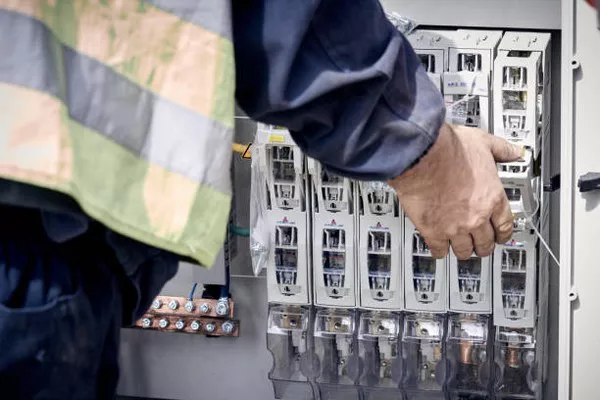Electrical transformers serve as the unsung heroes of power distribution systems, playing a crucial role in ensuring the efficient and safe transfer of electrical energy. These devices, often overlooked in the grand scheme of electricity generation and distribution, are fundamental components that make it possible for electricity to travel from power plants to our homes, businesses, and industries. This article aims to explore the functions of electrical transformers, their significance in power systems, and the various types that cater to diverse applications.
Fundamental Function:
At its core, an electrical transformer is a static device designed to transfer electrical energy between two or more circuits through electromagnetic induction. The primary purpose is to either step up or step down the voltage levels, facilitating efficient power transmission over long distances. This transformation of voltage is essential for minimizing energy losses and optimizing the distribution of electricity.
Voltage Transformation:
One of the primary functions of electrical transformers is voltage transformation. Power generated at the source, such as a power plant, is typically at a high voltage level for efficient transmission over long distances. High-voltage transmission reduces energy losses in the form of heat, making it more economical. Transformers step up the voltage for transmission and step it down again for safe distribution at the destination. This ability to alter voltage levels makes transformers indispensable in power distribution networks.
Efficiency and Energy Conservation:
Transformers contribute significantly to the overall efficiency of the power grid. By minimizing energy losses during transmission, they play a vital role in conserving electrical energy. High-voltage transmission ensures that a larger portion of the generated power reaches the end-users without dissipating as heat. This efficiency is crucial not only for economic reasons but also for reducing environmental impact by promoting sustainable energy practices.
Types of Transformers:
Transformers come in various types, each tailored to specific applications within the power distribution network. The two main categories are power transformers and distribution transformers. Power transformers are responsible for stepping up or stepping down voltage levels in high-voltage transmission lines, connecting power plants to substations. Distribution transformers, on the other hand, further step down the voltage to levels suitable for local distribution to homes and businesses.
Specialized transformers, such as instrument transformers, are designed for measuring and protection purposes. Current transformers (CTs) and voltage transformers (VTs) are examples of instrument transformers that accurately measure current and voltage levels, providing essential data for monitoring and control within the power system.
Isolation and Safety:
Beyond voltage transformation, electrical transformers also provide isolation between the input and output circuits. This isolation is crucial for safety, preventing electric shocks and ensuring the protection of equipment and personnel. Isolation transformers are specifically designed to provide electrical separation between the primary and secondary circuits, making them essential in sensitive applications where electrical noise and interference need to be minimized.
Reliability and Longevity:
Transformers are built to withstand the rigors of continuous operation under various environmental conditions. Their robust design and construction contribute to their reliability and longevity. Regular maintenance and monitoring practices ensure that transformers remain in optimal working condition, minimizing downtime and ensuring the continuous supply of electricity.
Smart Grid Integration:
In recent years, technological advancements have led to the development of smart grids, where transformers play a pivotal role. Smart transformers, equipped with advanced monitoring and communication capabilities, enable real-time data collection and remote control. These features enhance the overall efficiency and reliability of power distribution systems, allowing for proactive maintenance and quick response to faults.
See Also What Happens When a Transformer Fails?
Conclusion:
In conclusion, electrical transformers serve as indispensable components in power distribution systems, enabling the efficient and safe transfer of electrical energy. Their fundamental function of voltage transformation, coupled with contributions to efficiency, energy conservation, and safety, highlights their significance in the broader context of electricity generation and distribution. As technology continues to advance, transformers evolve to meet the demands of modern power systems, ensuring a reliable and sustainable energy future. Understanding the functions and importance of electrical transformers is crucial for appreciating the intricate web of components that powers our everyday lives.

